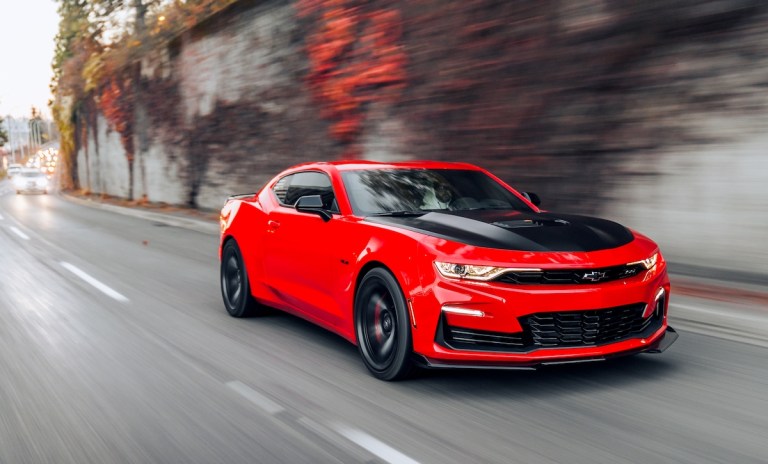
The money consumers saved during the pandemic has been spent. Savings are pressured, and credit card debt is mounting. When it comes to keeping current on auto loans, consumers are running out of gas (pun intended).
This week, Ally Financial was in the spotlight as its share plunged double digits. Executives said the pressures faced by the company’s borrowers are leading to delinquencies and charge-offs rising across its loans.
“Our borrower is struggling with high inflation and cost of living, and now more recently, a weakening employment picture,” Chief Financial Officer Russell Hutchinson said at a financial conference on Tuesday (Sept. 10), per Reuters.
According to the company’s second-quarter earnings review in July, total deposits were $152 billion, down from $155 billion in the first quarter, and roughly flat from a year ago.
In Ally’s retail auto loans business, the 30-day delinquency rate was 4.3%, up from 3.9% in the first quarter, and above the 3.6% rate seen in the year-ago June quarter.
As to where the pressure was, the company noted that 2022 vintages showed 30-day delinquency rates of 3.7%, and these loans were the driving force behind 40% of first-half losses in the current year. There was some improvement in the 2023 vintage class of retail auto loans.
Charge-offs will increase in the next few months, and delinquency and charge-off rates have been rising in July and August, Hutchinson said, per the Reuters report.
The 2022 vintage of loans and performance dovetailed with PYMNTS Intelligence, which found last year that the reported “excess” $1.7 trillion of savings was being drawn down rapidly. It makes sense that when consumers were flush with cash from pandemic aid and savings accounts that were well-padded, they took on more debt through 2021 and 2022.
By May of this year, the Federal Reserve found: “The latest estimates of overall pandemic excess savings remaining in the U.S. economy have turned negative, suggesting that American households fully spent their pandemic-era savings as of March 2024.”
PYMNTS Intelligence’s “New Reality Check: The Paycheck-To-Paycheck Report: The Inflation Edition” published in September 2022 revealed that interest rates on auto loans, as taken out by paycheck-to-paycheck consumers — a designation that accounts for more than 60% of the population — were on the rise. Subsequent PYMNTS data showed that consumers spend 22% of their take-home pay on daily essentials, such as food, clothing and shelter.
This year, PYMNTS found that for low-income households, the share of the paycheck allocated to everything from gas to groceries comes to about three-quarters of what’s landing in the household bank account.
In the triaging of monthly bills — the juggling act of what to pay for and when — car payments are a tougher expense to meet.